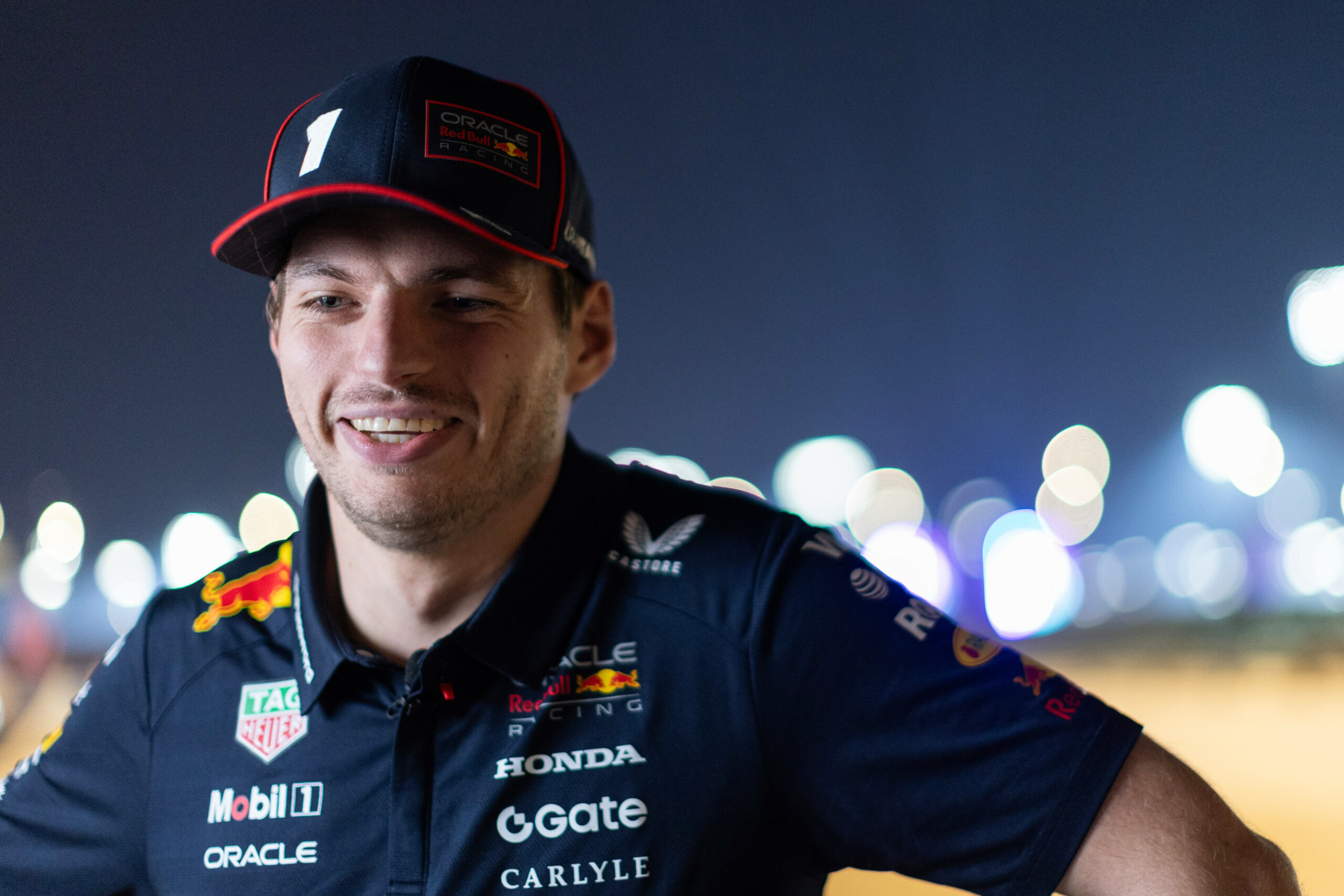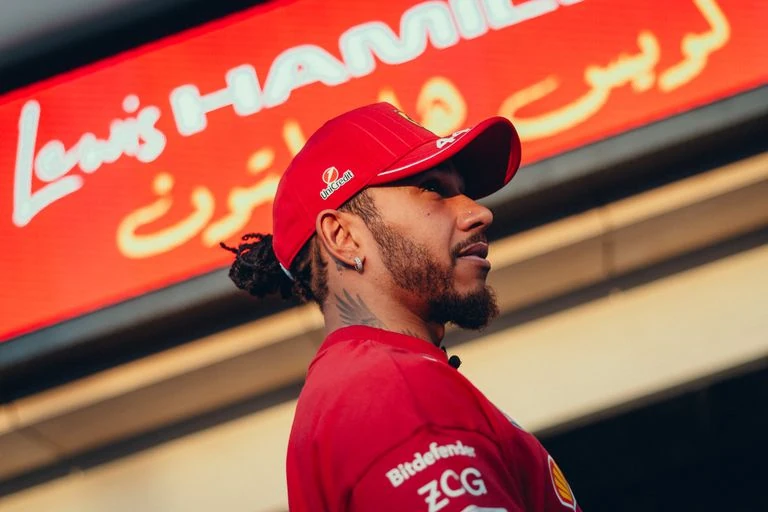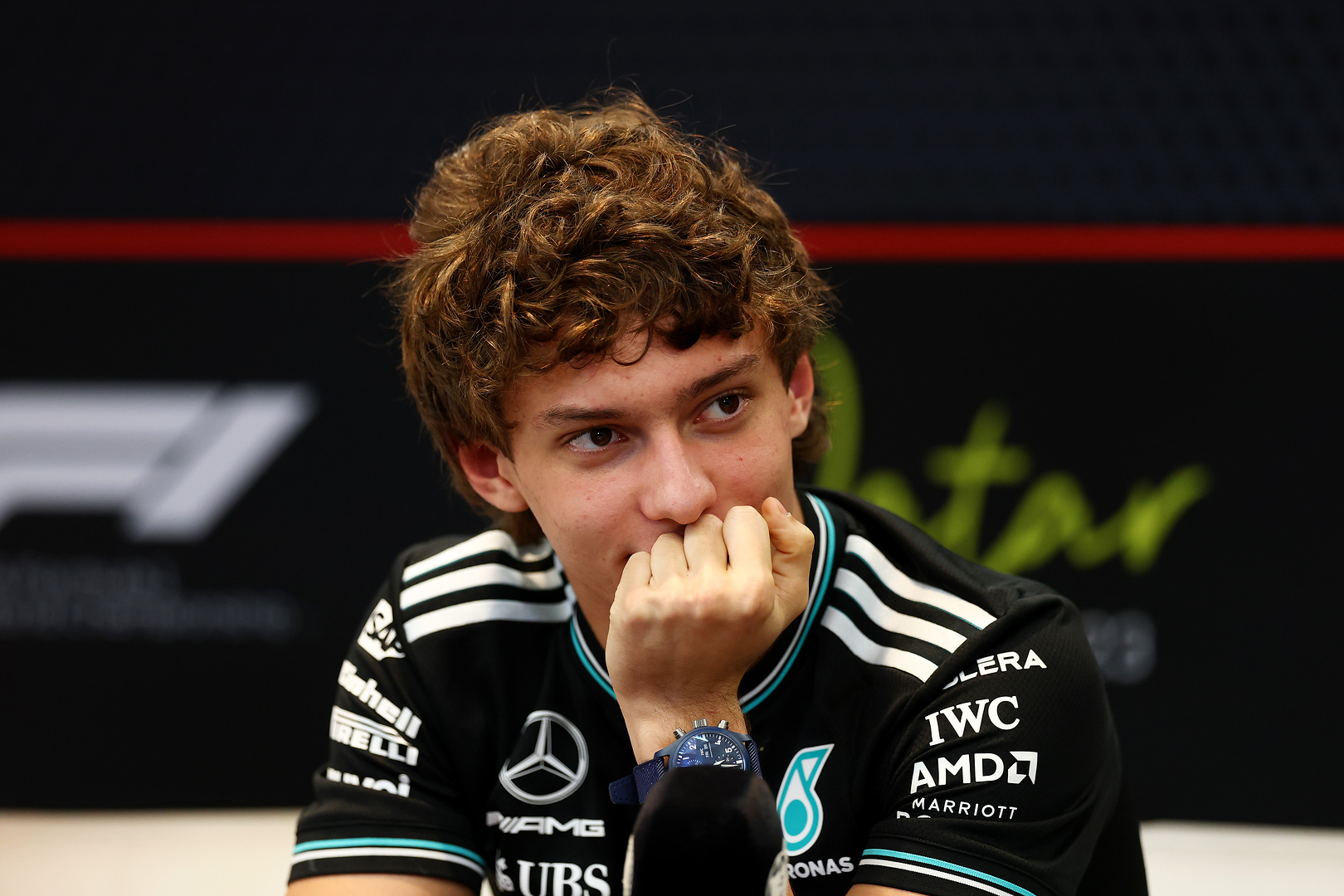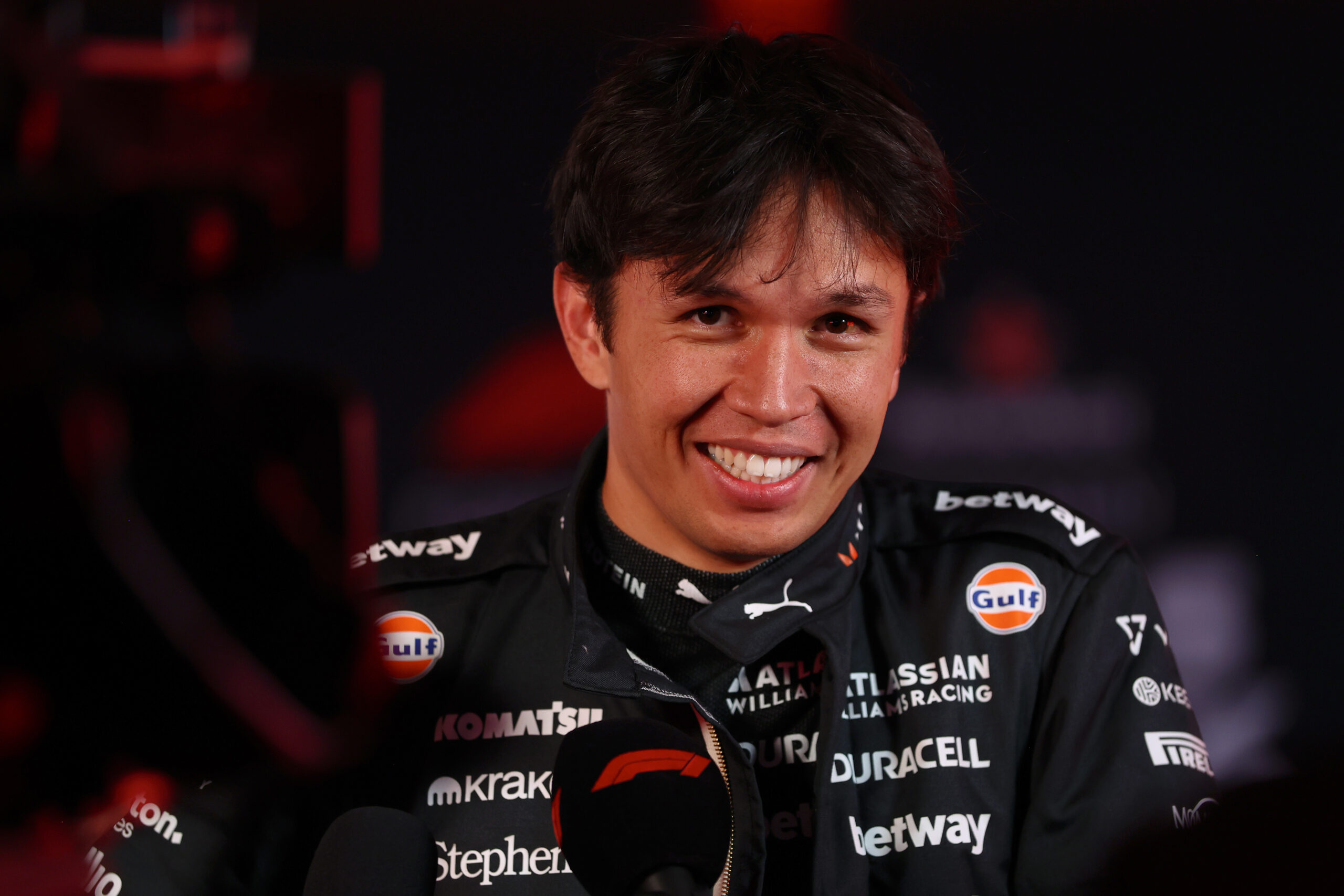McLaren Team Principal Andrea Stella led his two drivers to success this past weekend at the Monaco GP. Both McLaren drivers finished on the podium. Lando Norris took victory, with Oscar Piastri placing P3. Stella spoke about the effect the rule change had on the Monaco GP and next year’s car regulations in his print media session post-race.
Stella on how the mandatory two-stop changed teams’ approach to the Monaco GP
Andrea Stella’s previous experience as the Head of Racing Operations and Performance Director means that he is highly qualified to discuss how a mandatory two-stop race would affect strategy. Stella explained in his print media session how the two-stop causes drivers to work their way through the field a second time. Thus opening up room for errors and loss of track position.
“I think here we may go into the semantics a little bit. I think the race was interesting in terms of how many scenarios needed to be considered. We had twice a group of back markers. You go through that, you lose five seconds. In itself, it’s a variable that we didn’t necessarily have before and could be the variable that forces or may cause a leader to lose the position.
“Likewise, we saw cars that didn’t stop at all. There was a very large variety of scenarios. So in this sense, I think it was interesting.”
The Team Principal commended the sport for attempting to shake things up with this rule. Stella also pointed out that the pit stop strategy is not the main culprit for the dull Monaco Grand Prix.
“I think the second point we should praise is the fact that Formula 1 and the FIA made an attempt to improve racing in Monaco. I think the main limitation remains the fact that you cannot overtake. This is quite structural as a limitation, and I am not sure exactly how this can be modified, can be changed, just simply by imposing a certain number of pit stops.”
F1 cars are simply too big, 2026 regulations aim to amend this issue
The lack of overtaking at Monaco has become a glaring issue with how large F1 cars have gotten over the years. Modern F1 cars are one meter longer than the average F1 car from the 2000 season. This issue will be addressed with the 2026 regulations that call for smaller, lighter cars. Stella believes that the new regulations will aid this overtaking issue.
“What I am interested to see is next year with the smaller cars and with cars with less grip. Therefore all the braking zones will be much much longer. Cars that will have completely different power units, deployment strategies.”
Overtaking in general is challenging in a 2025 F1 car because the aerodynamics do not facilitate close racing. The abundant grip modern F1 cars have is a marvel, but also a detriment to braking-zone battles, as the braking power and downforce of modern cars reduce the likelihood of successful divebombs and overtakes.
Stella touched on this in terms of next year’s regulations post-Monaco GP.
“We are fundamentally changing the cars, and I would hope that this change of the cars will make overtaking possible even at least when you are three seconds faster. Because at the moment if you are three seconds faster still you cannot overtake. But I think this has very much to do with the size of the car, with the speed of the car and the grip which means that the braking zones are anyhow very very short.”
Andrea Stella concluded that the strategy at the Monaco GP can be changed massively. However, as long as there remains a lack of overtakes, F1 races at Circuit de Monaco will be tedious.
“I am not sure there is anything that can be done from a track layout point of view. To be honest, I have never thought about this aspect, but maybe there is something that we should consider even from that point of view.
“There is just not materially the space in braking. So I think more than looking at the strategy, we should look at the cars and see if we can create an opportunity to overtake. I think this is what we should focus on.”





